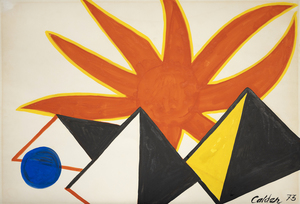Please contact the gallery for more information.
Current Exhibitions
2025
2024
2023
2022
2021
2020
2019
2018
2016
2015
2014
2011
2010
2009
History
Gunther Gerzso has been called Mexico’s greatest abstract painter and should be ranked with Uruguayan Joaquín Torres-Garcia, Chilean Roberto Matta, and Cuban Wilfredo Lam as one of the transformative artists who revolutionized Latin American art. While other Mexican painters were using art as a platform for social and political protest, Gerzso removed the usual folkloric, figurative, and narrative references and reimagined the indigenous language of the Mexican modernist while retaining the spirit of Latin American passion and sense of life. Born in Mexico in 1915 to a Hungarian father and a German mother, Gerzso was educated partly in Switzerland. He lived there with his uncle, an art dealer and collector who was prominent enough to have introduced him to Paul Klee and helped launch his career as a set designer for stage and film. But it was the timing of his permanent return to Mexico in 1941, and his place within the circle of European Surrealist refugees, including Wolfgang Paalen, Gordon Onslow Ford, Remedios Varo, and Leonora Carrington, that led to his becoming a pioneering Latin American artist and painter.
Presagio (Omen) of 1953 is from an extended series of works that thematically addresses lost civilizations. It may have been painted shortly after visiting Chichén Itzá on the Yucatán peninsula, the event Gerzso cited as his first meaningful exposure to pre-Columbian architecture. Within Gerzso’s oeuvre, it seems almost transitional, a painting that anticipates the distinctive geometric abstractions of overlapping planes set against illusory spatial backdrops yet one that delivers the powerful impact of the two primary influences most often cited in his work: his appreciation for the Mexican landscape and pre-Columbian art and architecture and the impact of Surrealism and the psychological threads of influence inherent within that movement. Here, the visual references are patently anatomical — a bare torso painted with smoldering heat and a lower garbed portion separated by an intensely hued turquoise-blue sash. Not to be missed are the Eye of Providence (or the All-Seeing Eye of God) references that can be traced to the Eye of Horus of Egyptian mythology, but which more recently has been utilized by J. R. R. Tolkien in a more malevolent way as The Eye of Sauron, the central antagonistic entity of The Lord of the Rings.
Top Results at Auction

"Muro Azul. Chiapas" (1977) sold for $631,399.

"Paisaje" (1957) sold for $620,800.

"Paisaje Legendario" (1964) sold for $529,200.
Paintings in Museum Collections
The Art Institute of Chicago
Museo de Arte Moderno, Mexico City
The Museum of Fine Arts, Houston
The Santa Barbara Museum of Art
RISD Museum, Providence, Rhode Island
The Kemper Art Museum, St. Louis, Missouri
The Blanton Museum of Art, Austin, Texas
Davis Museum at Wellesley College
Image Gallery
Additional Resources
The Meandering Paths of Four Artists in Latin America
Gunther Gerzso Remembered, 1915-2000
What is Mexican Modernism?
Inquire
You May Also Like



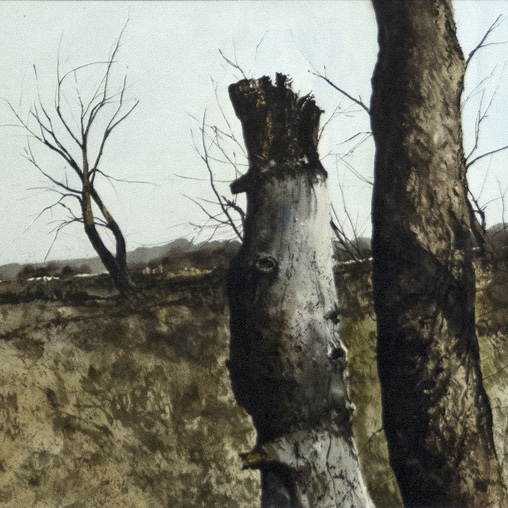
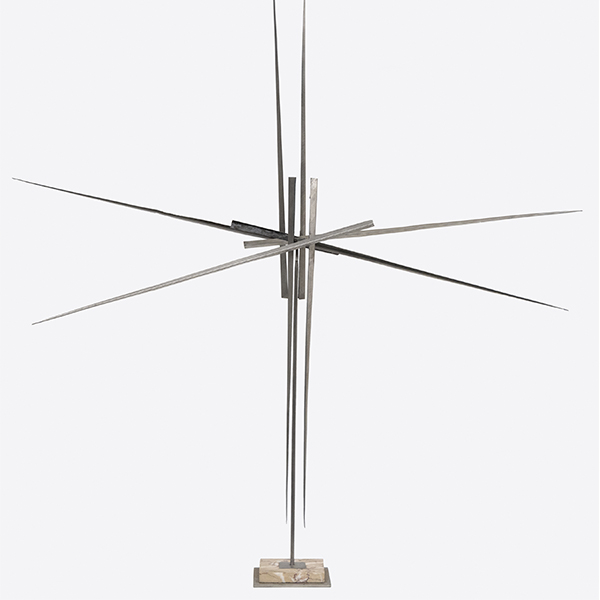
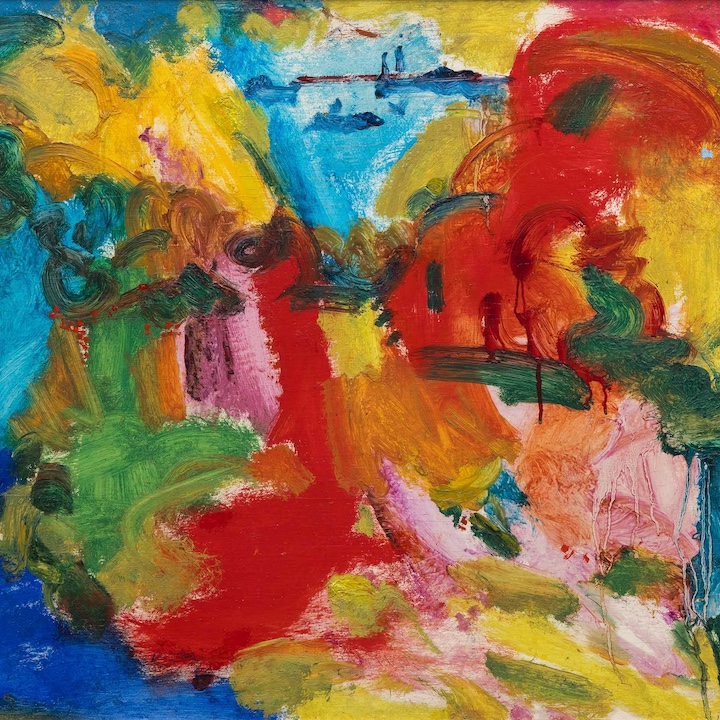
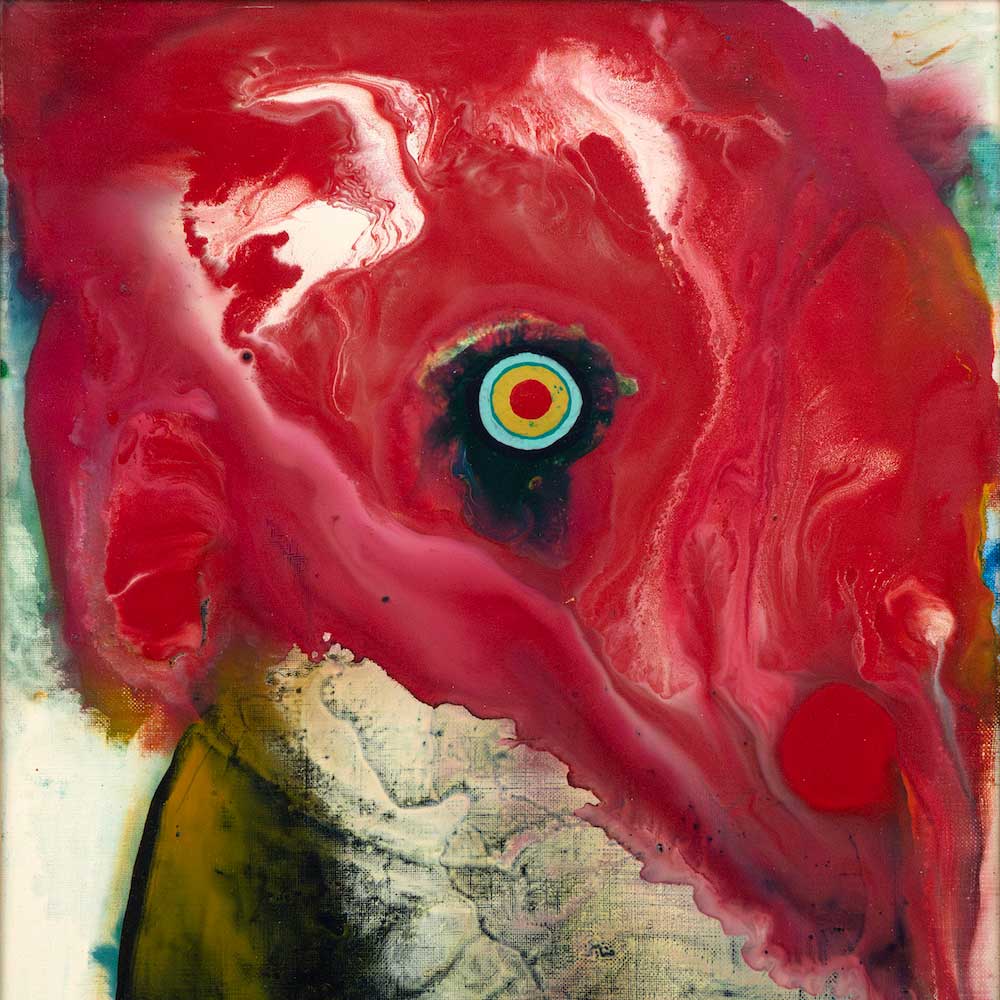
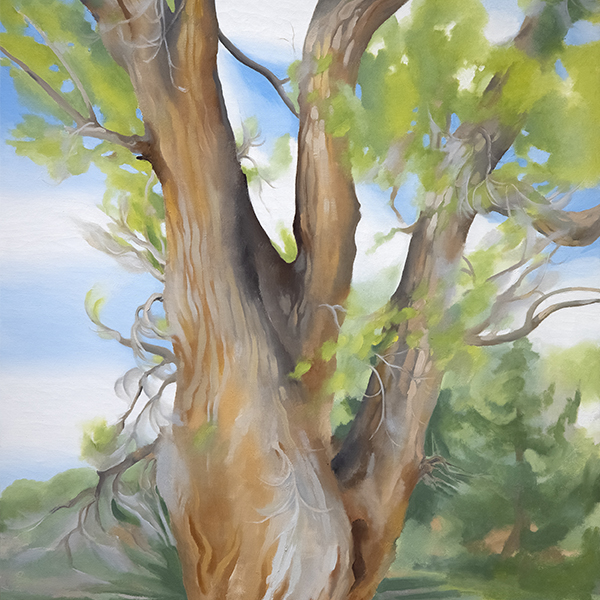
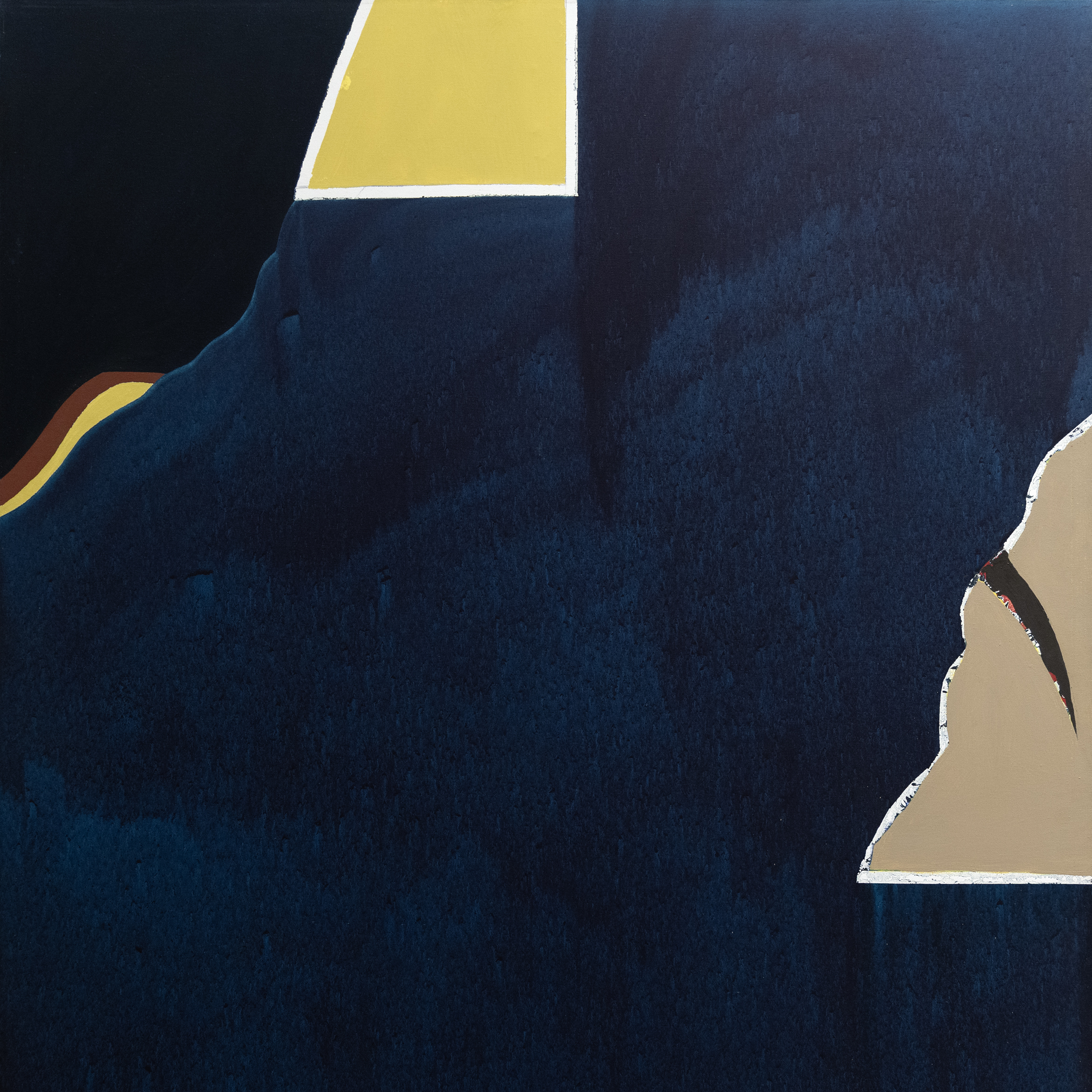

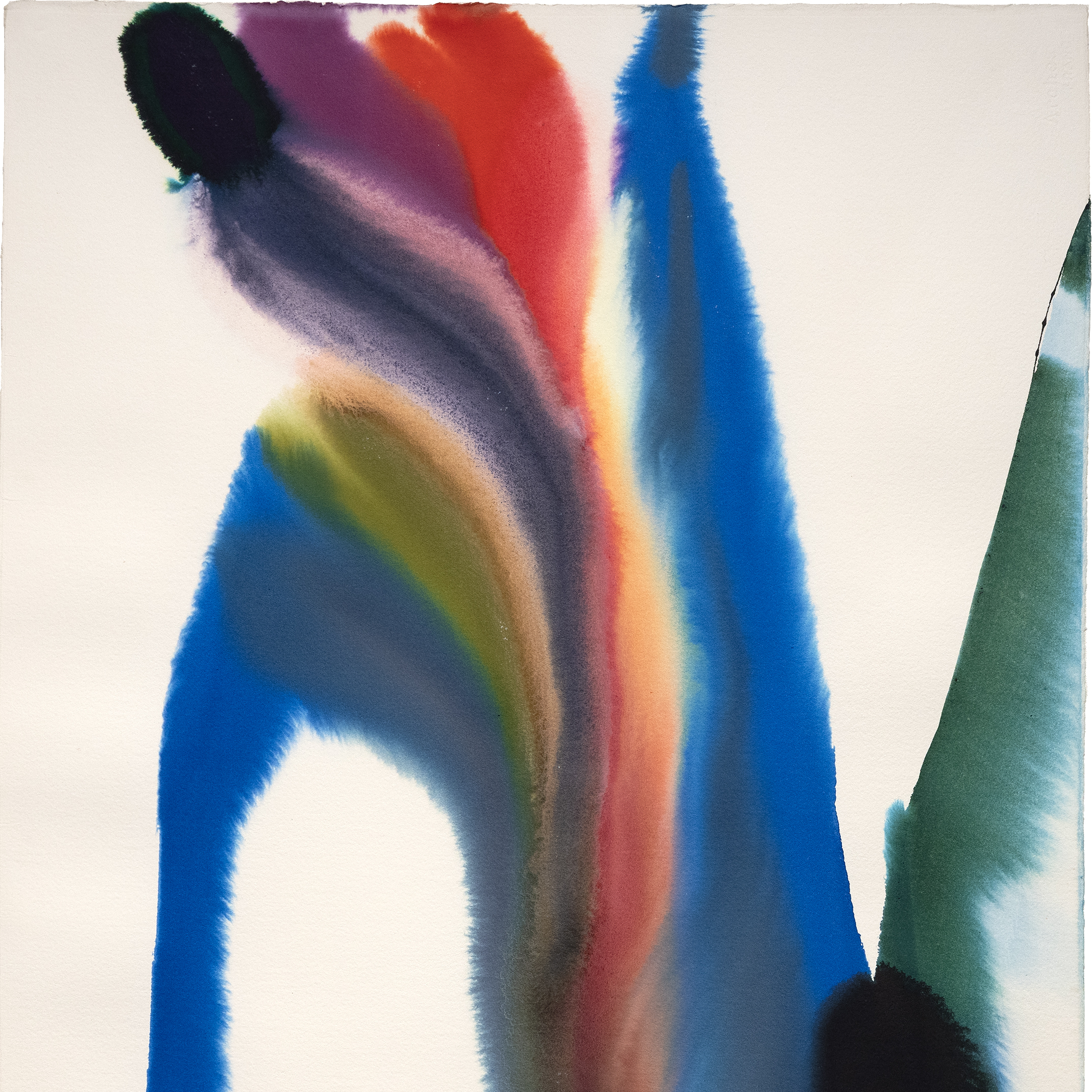


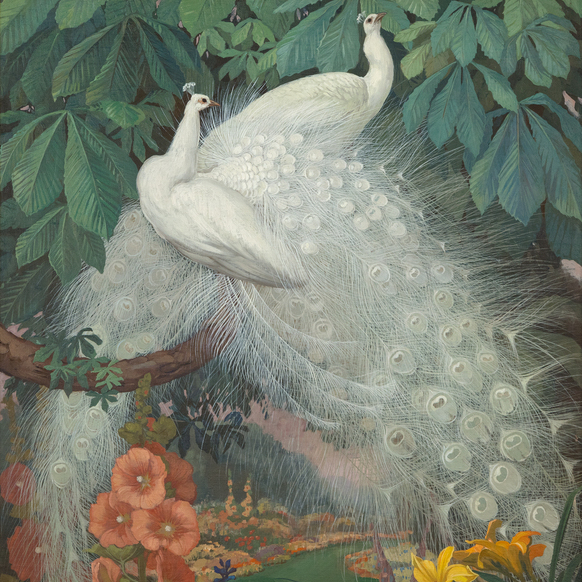


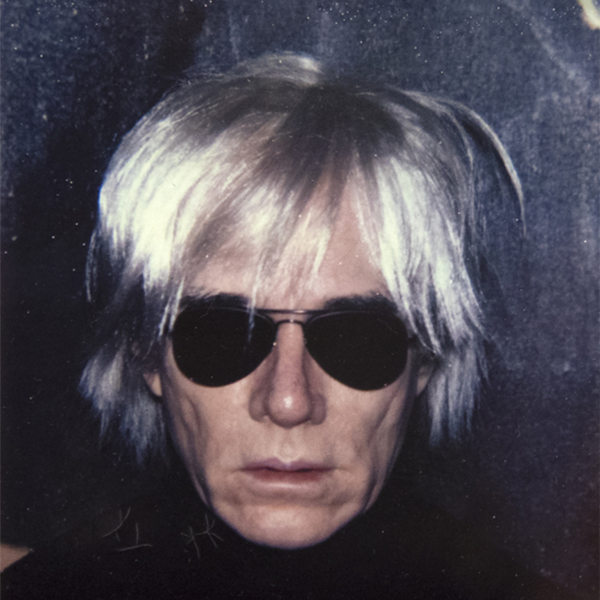

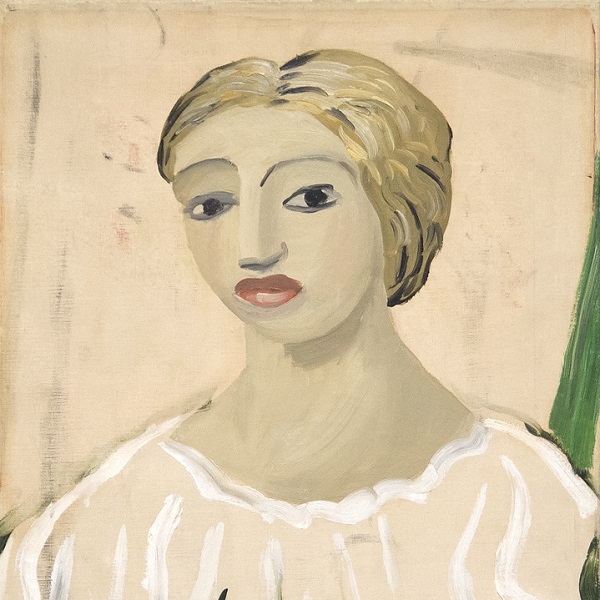
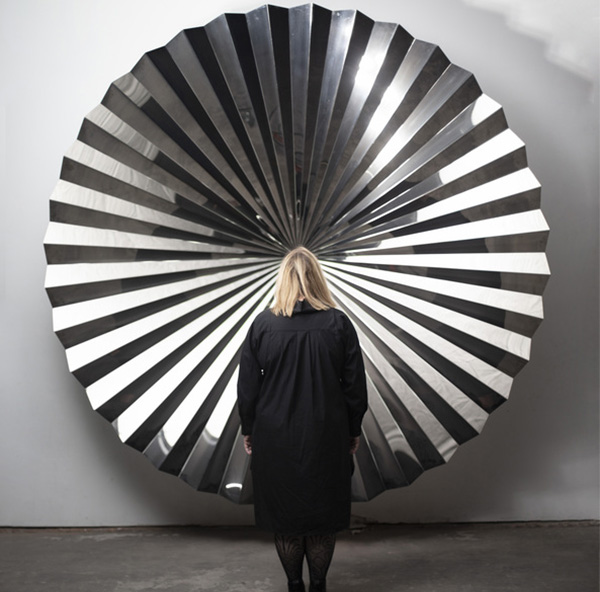

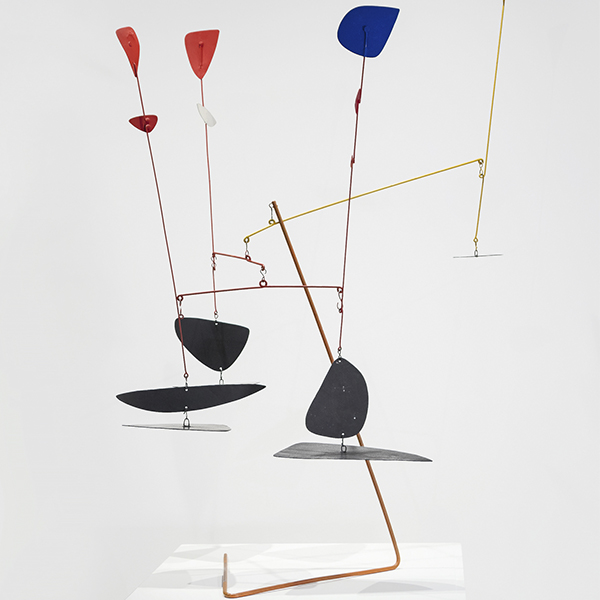
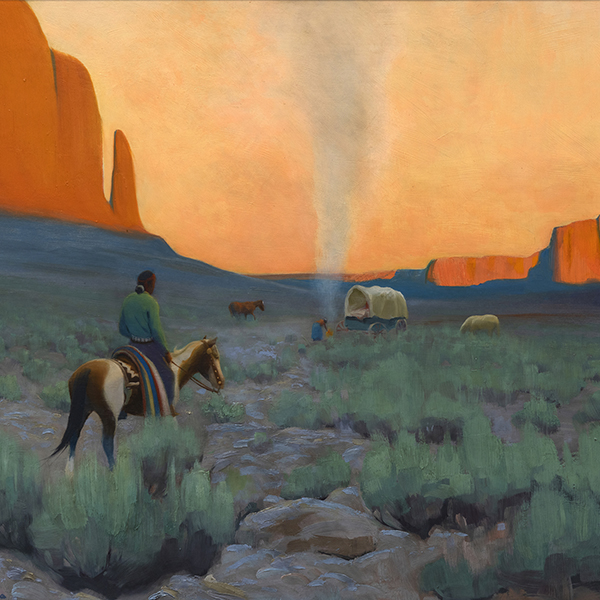
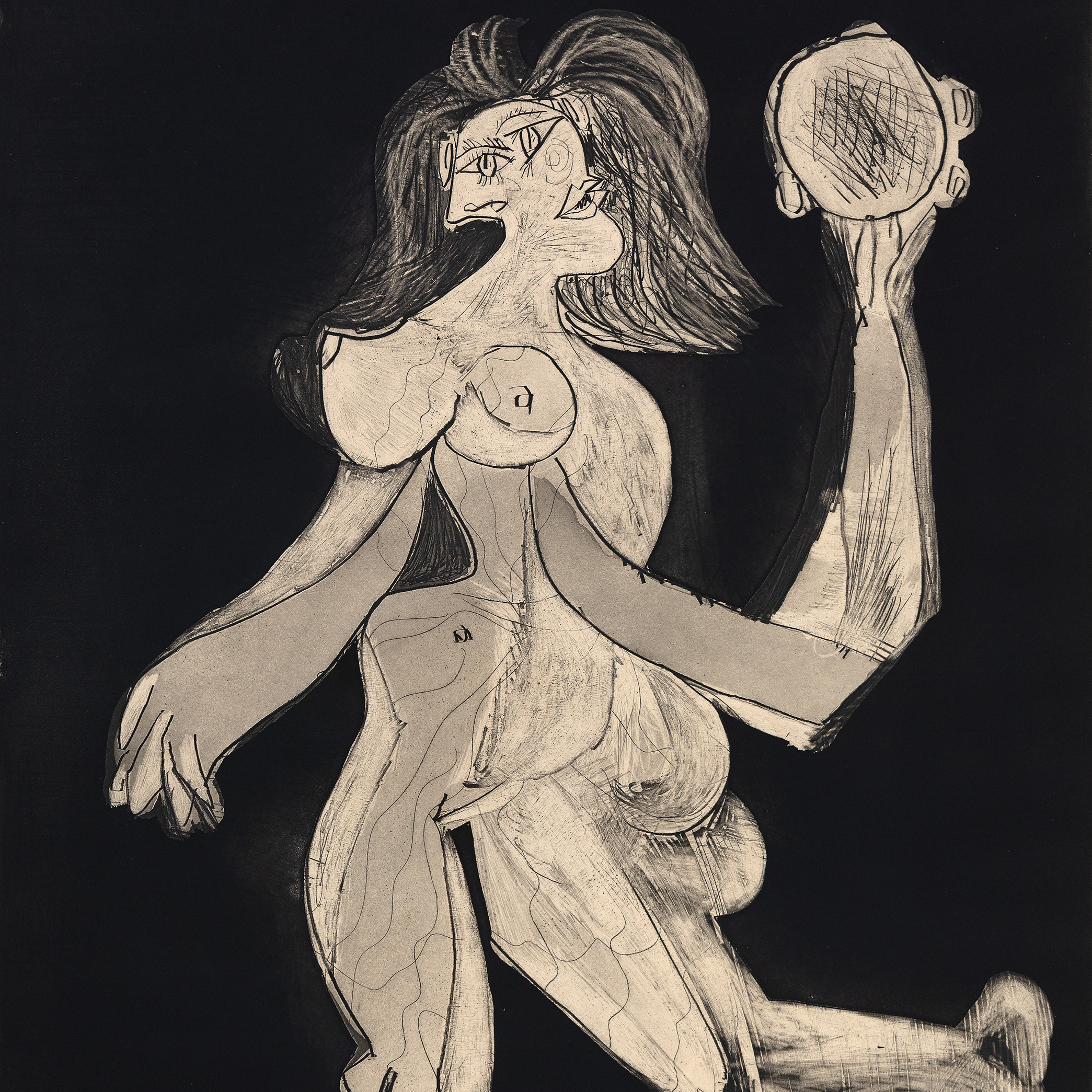
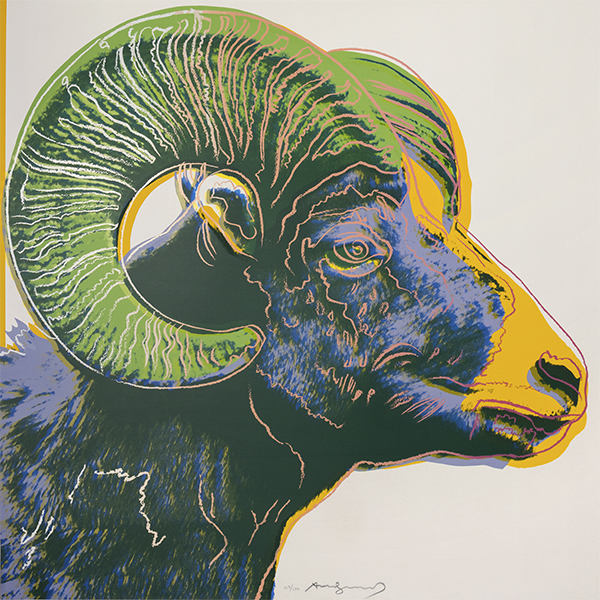
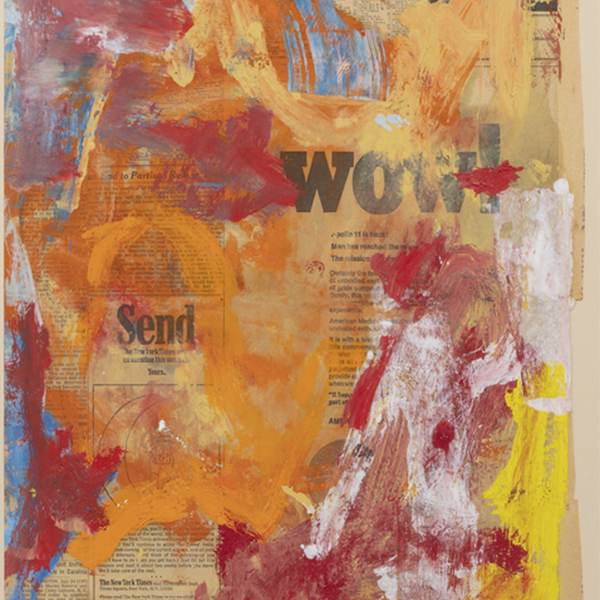

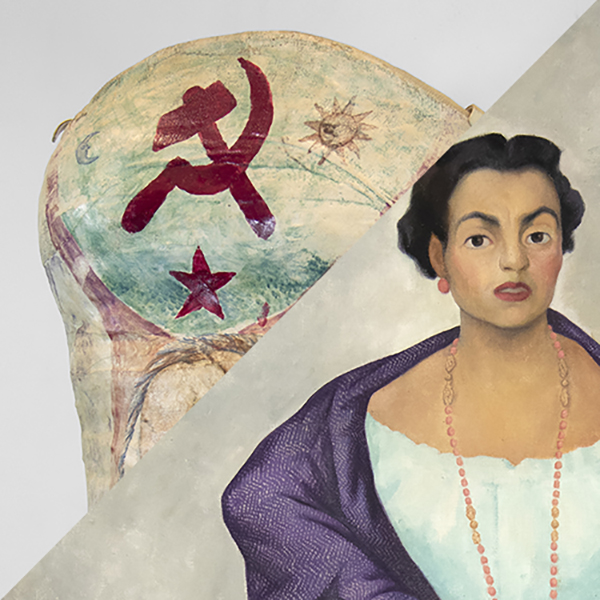

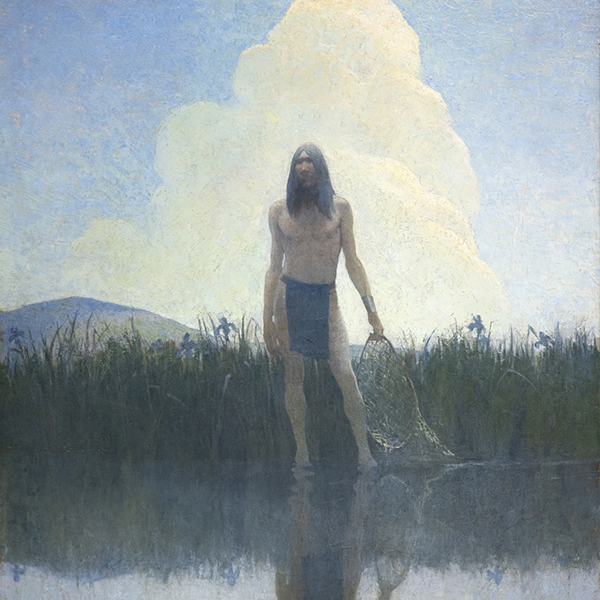
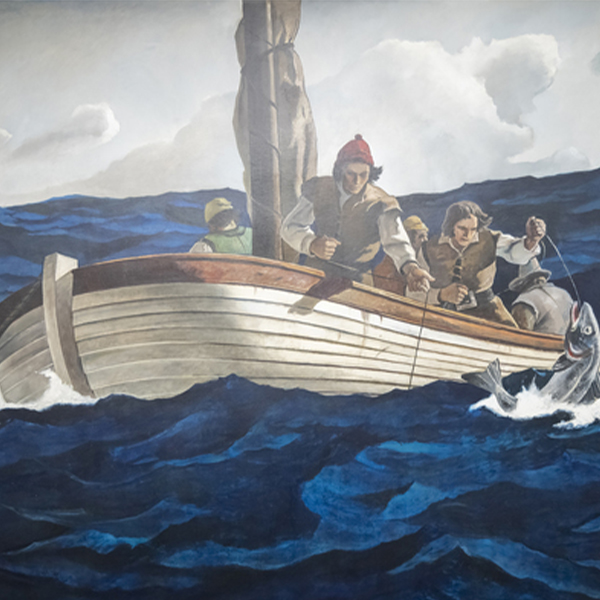
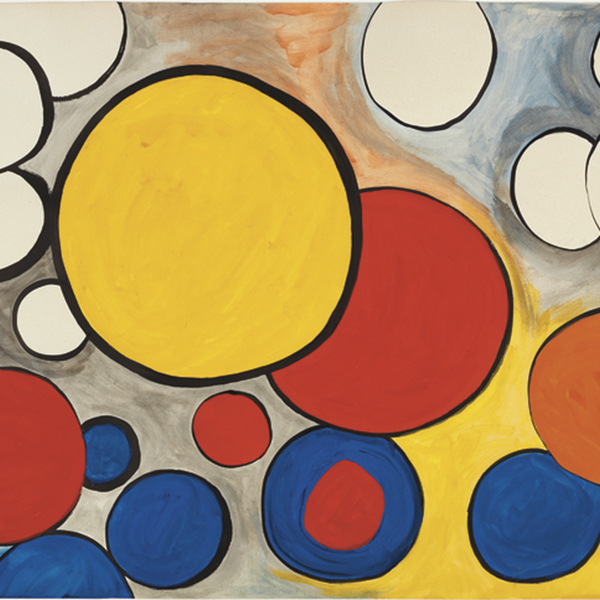
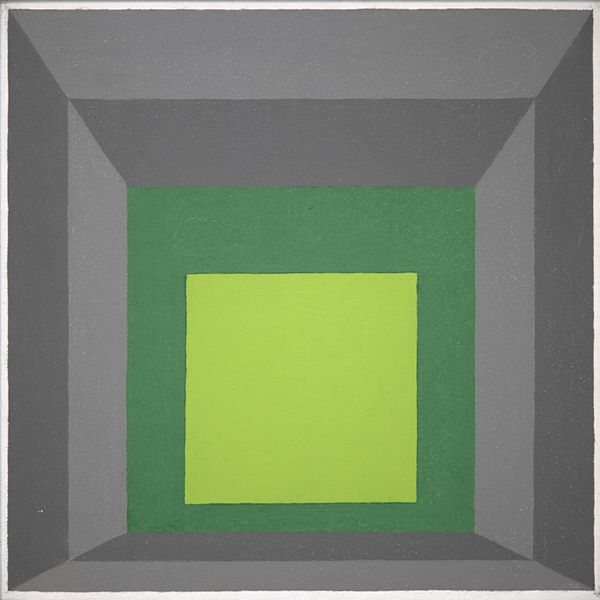
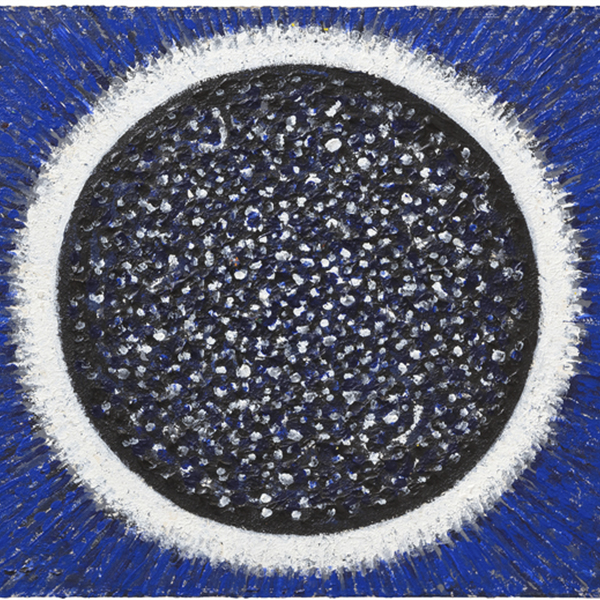


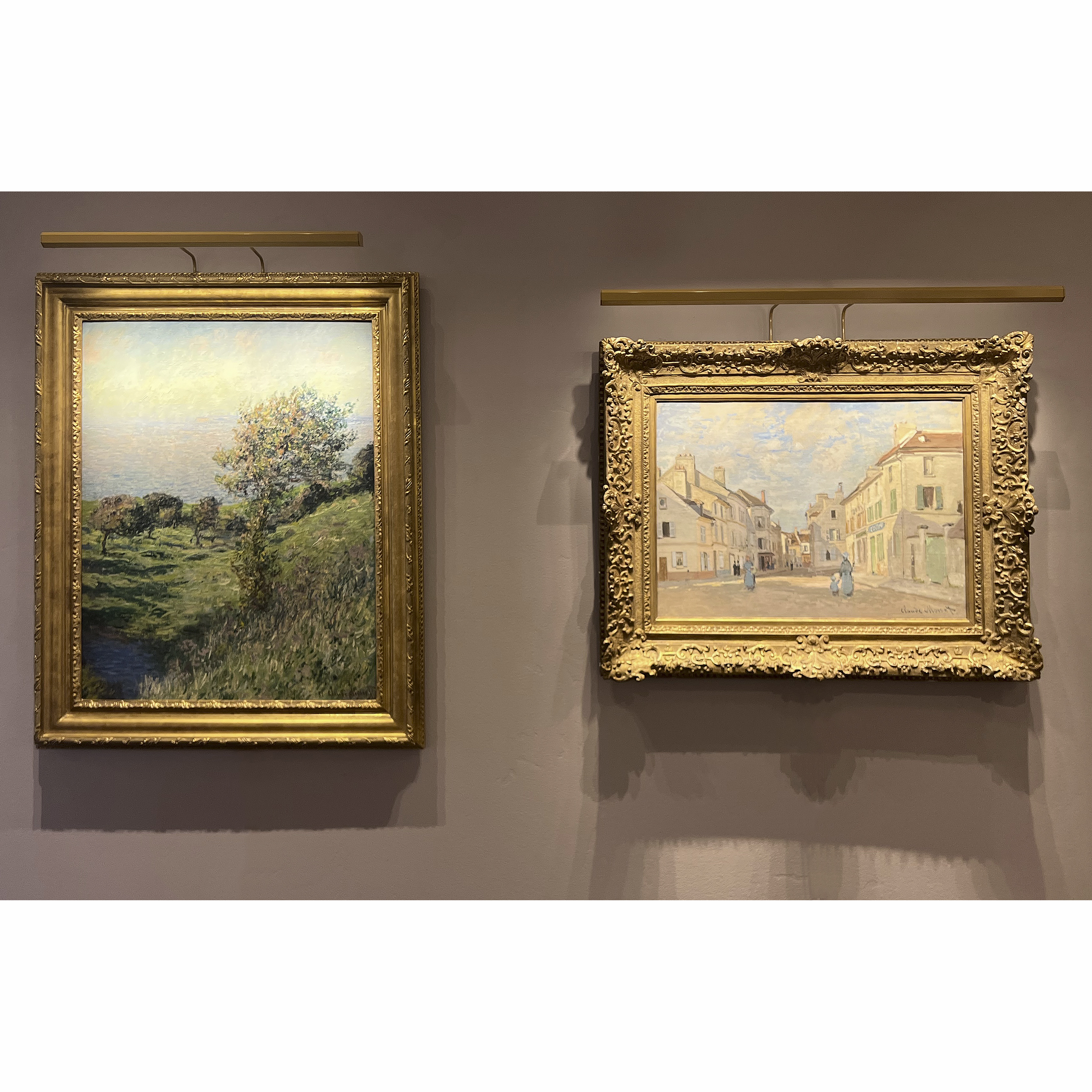
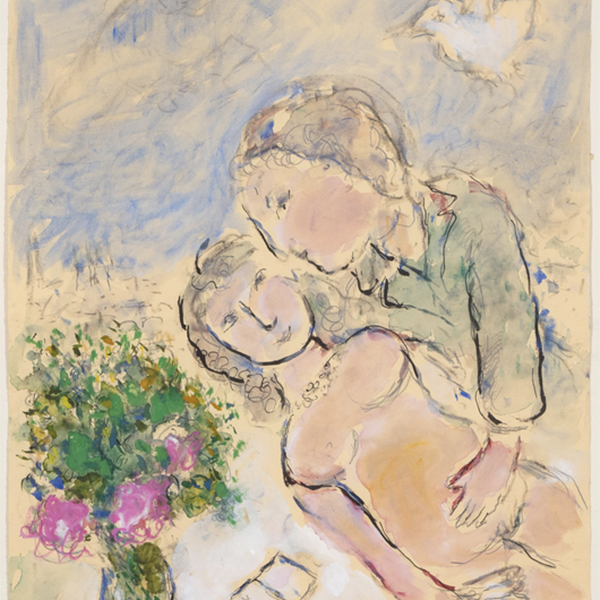
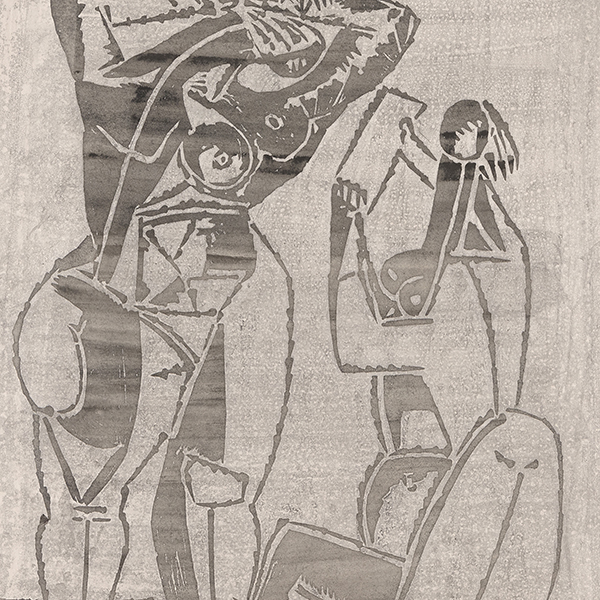
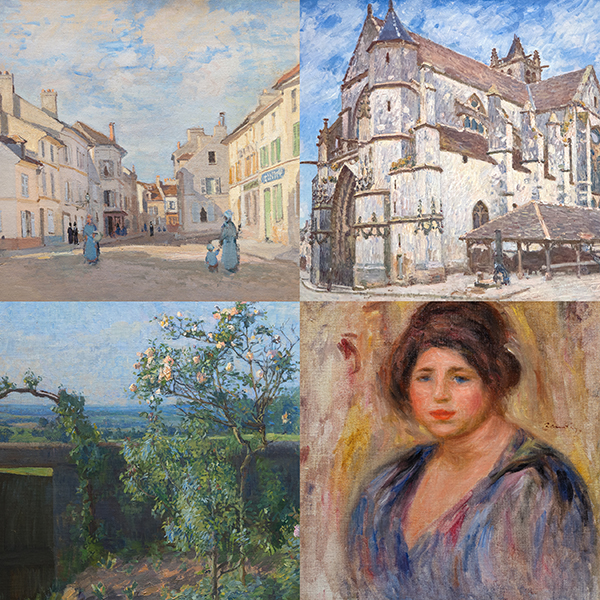
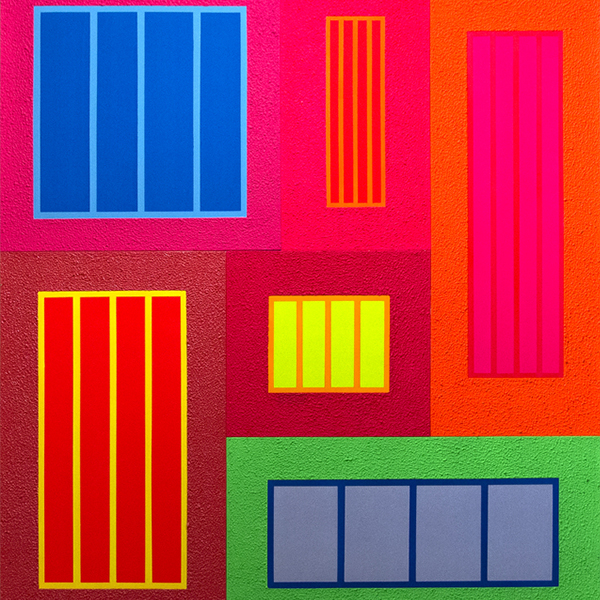
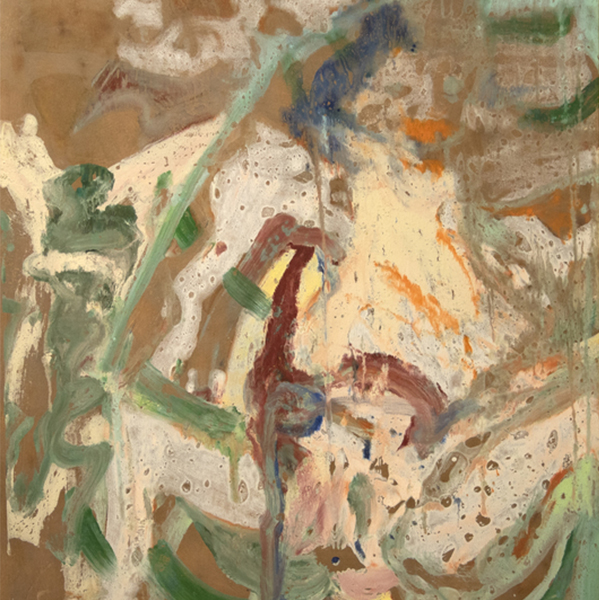


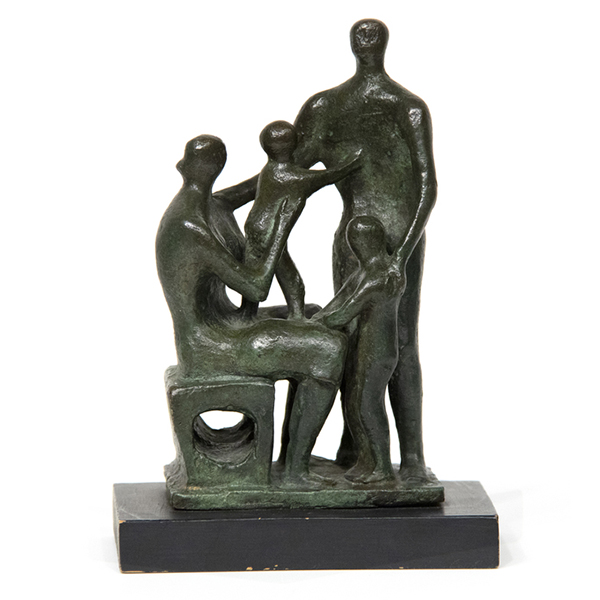

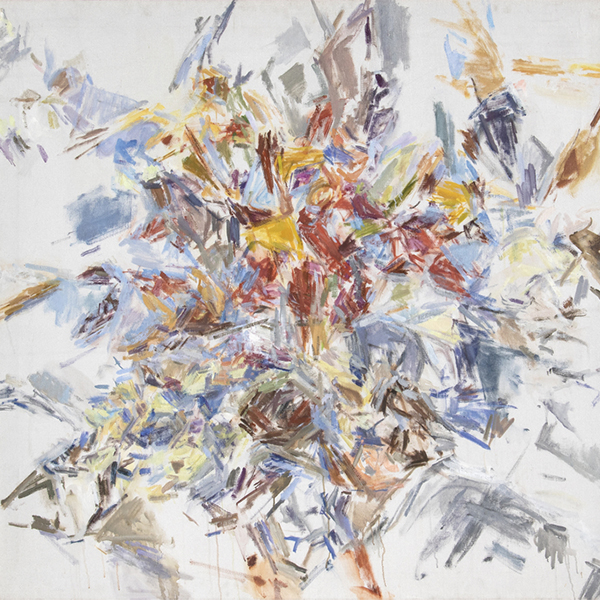

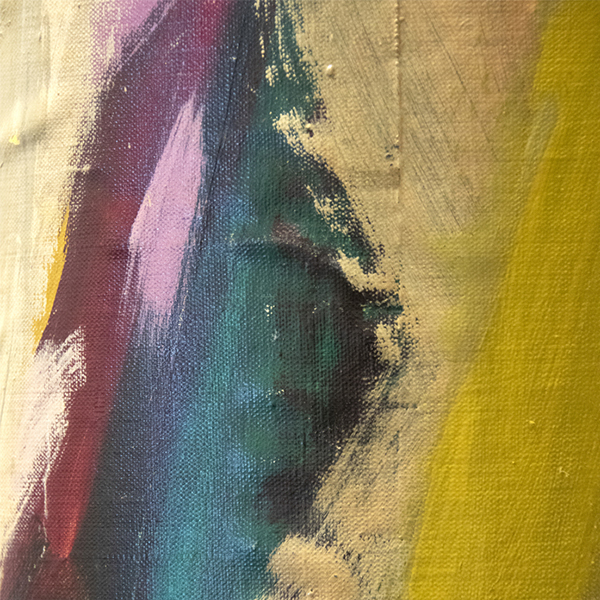
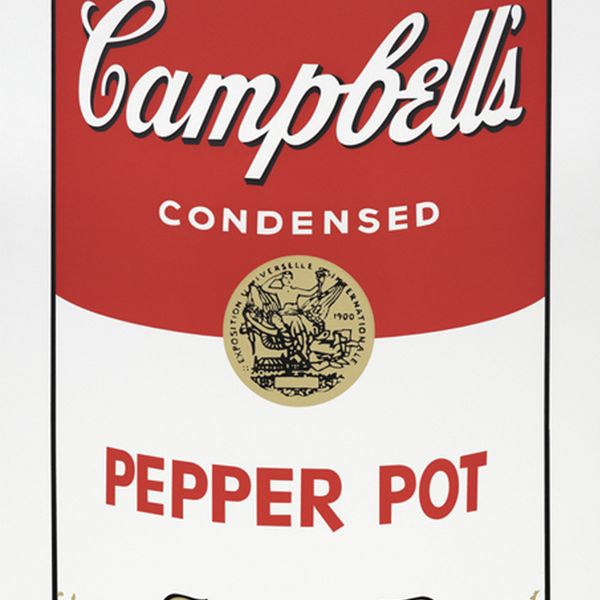
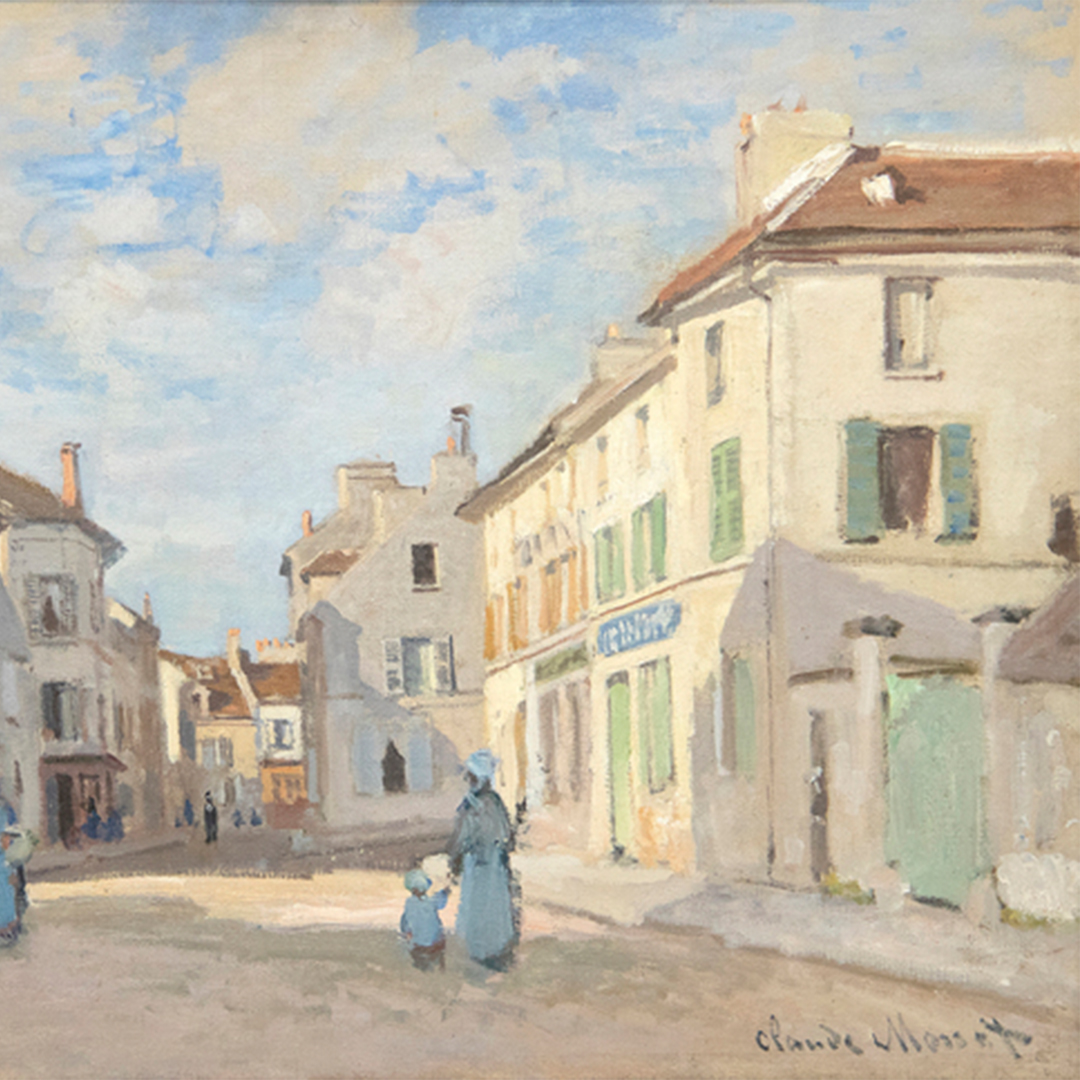

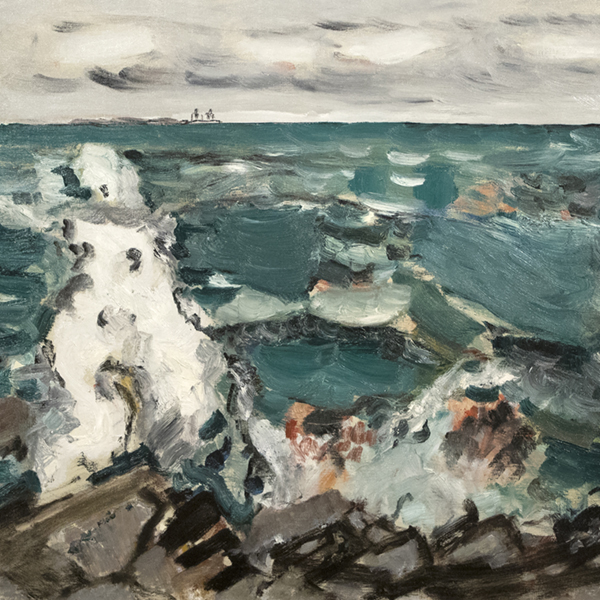
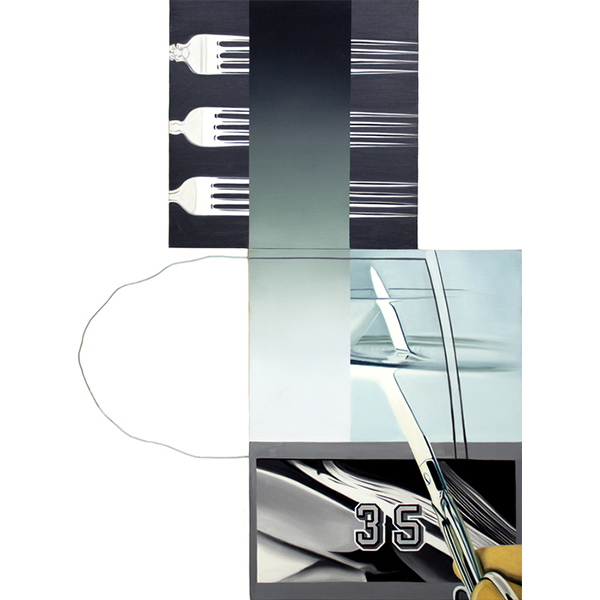




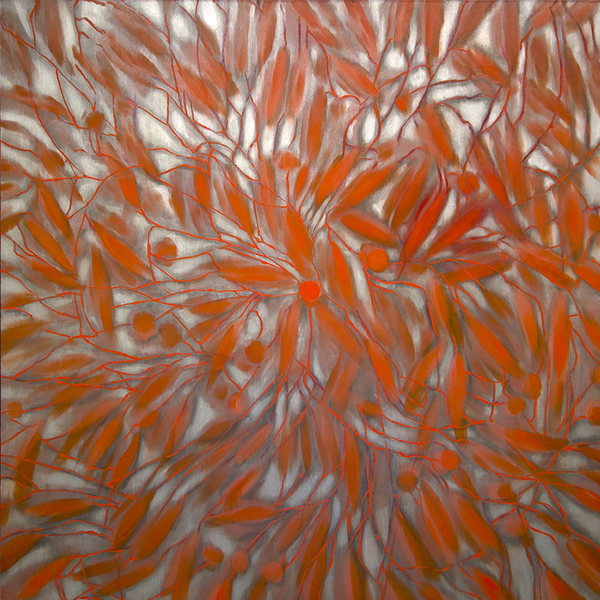

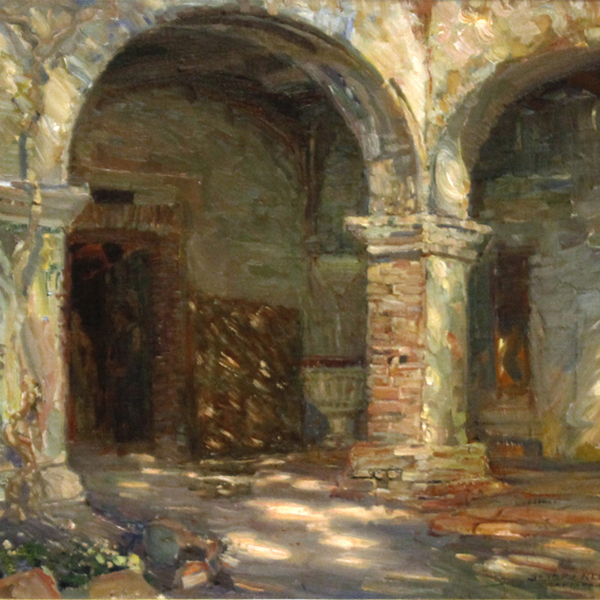
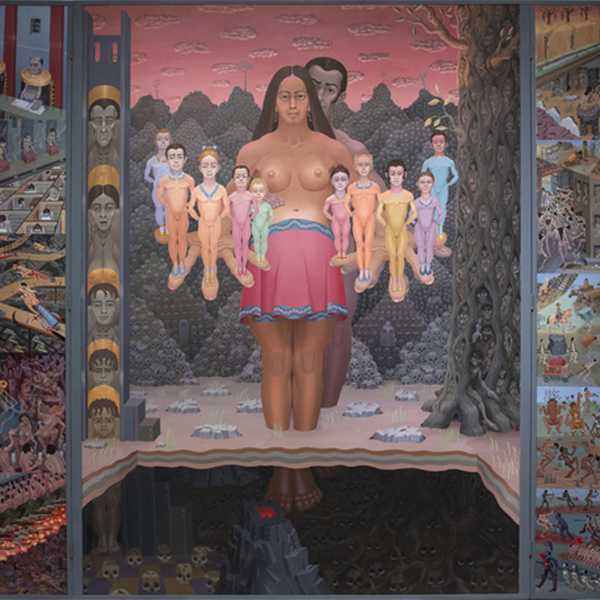

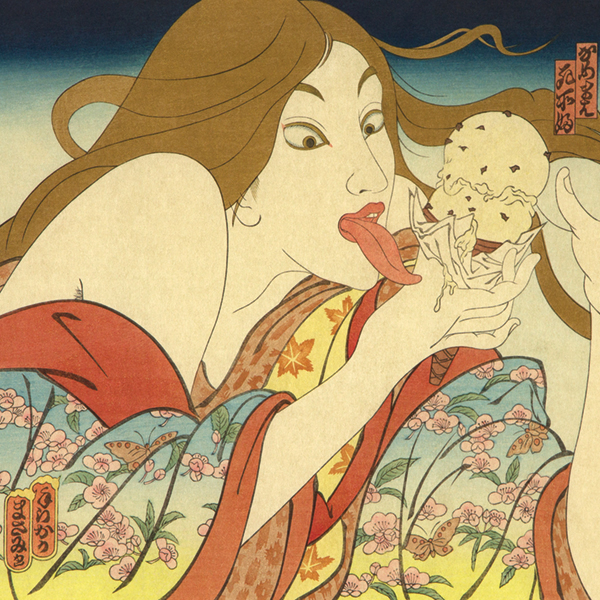


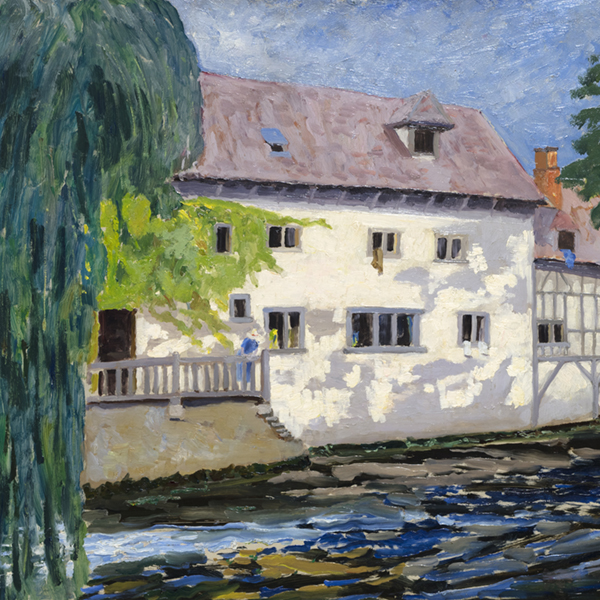
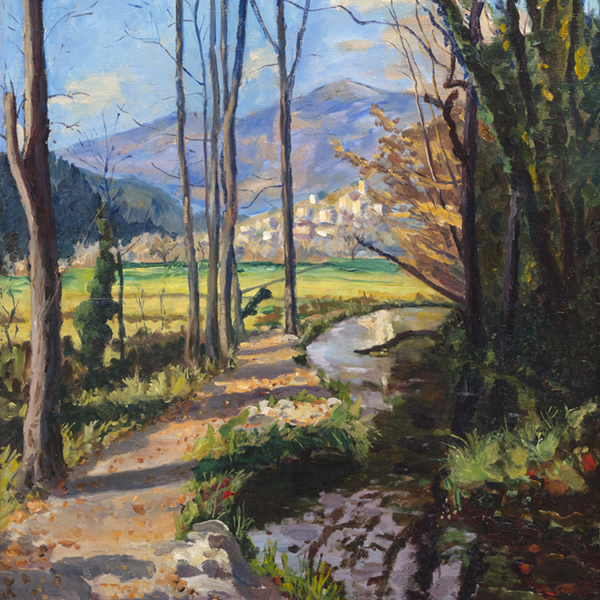
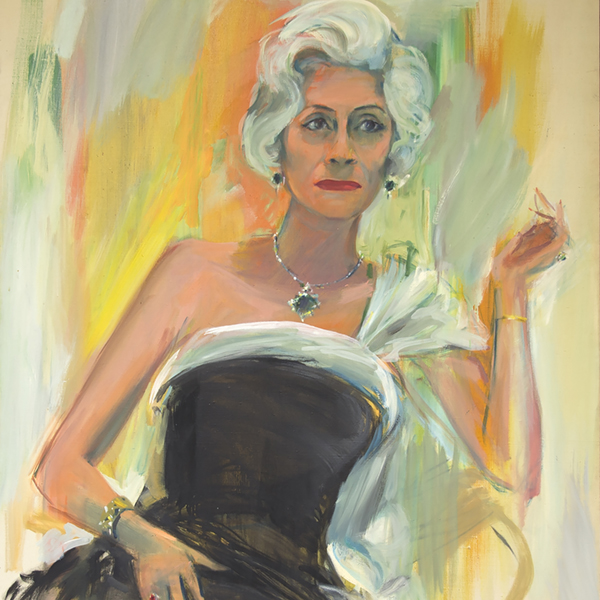



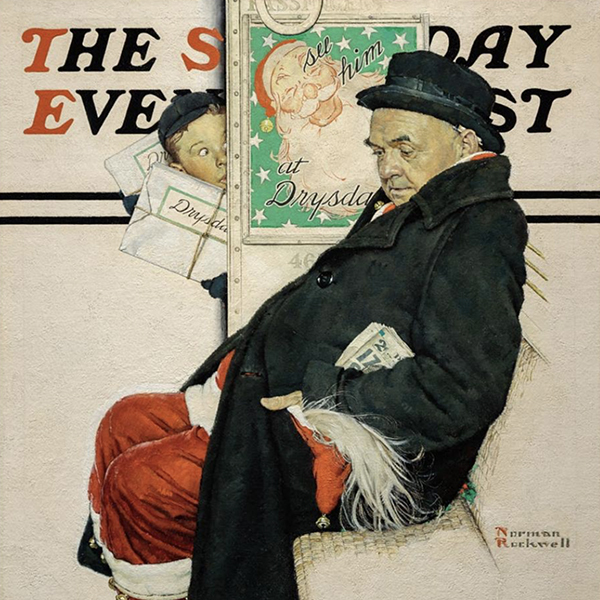
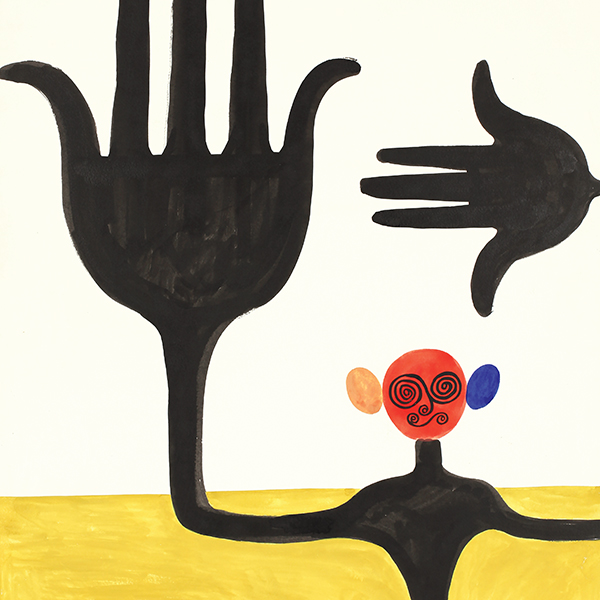
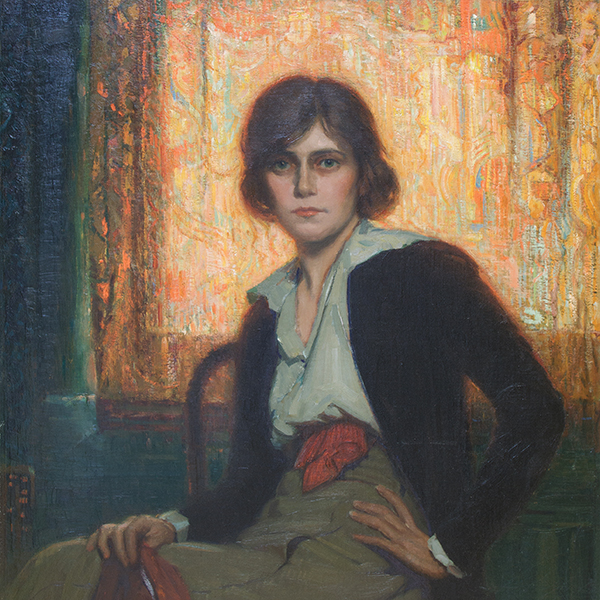
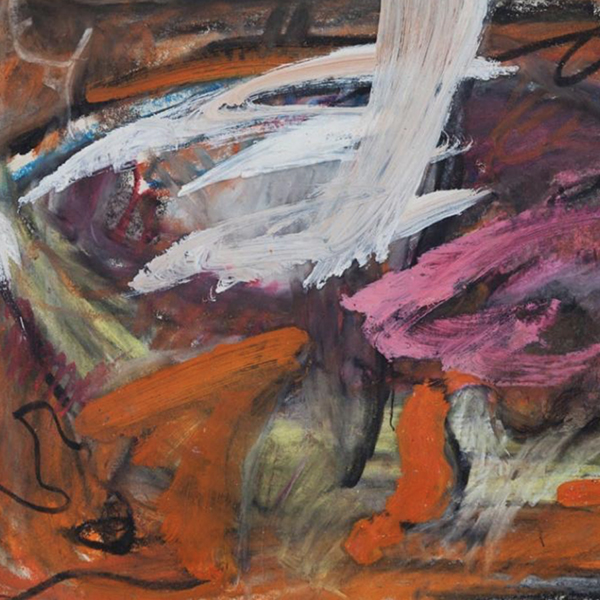
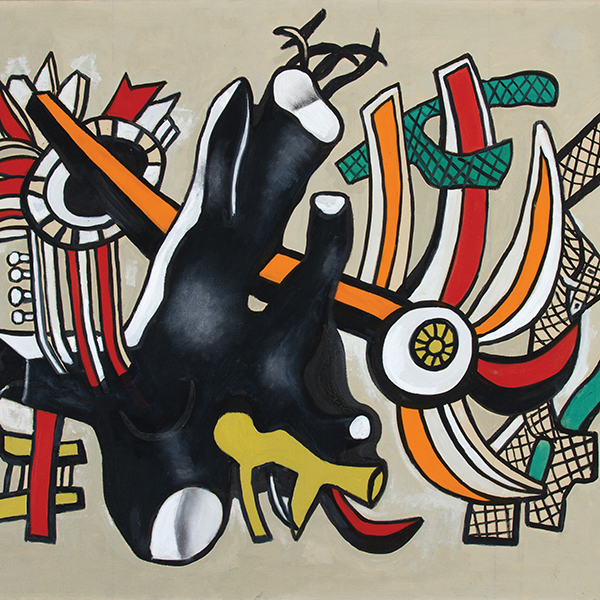



































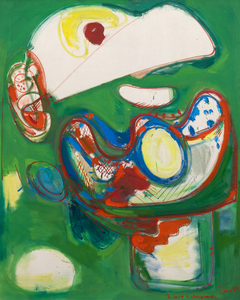

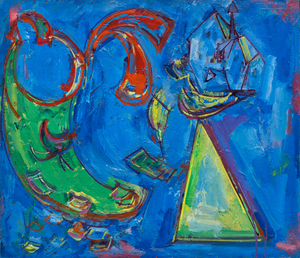

_tn27843.jpg )


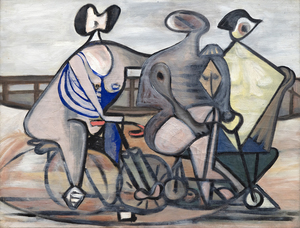
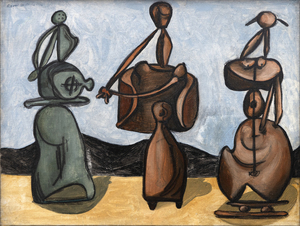
_tn46214.jpg )
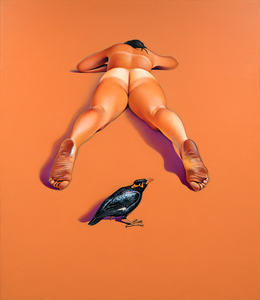

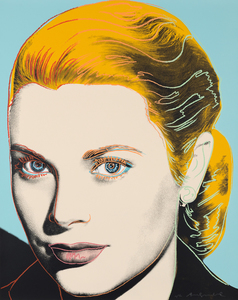
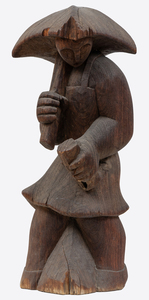

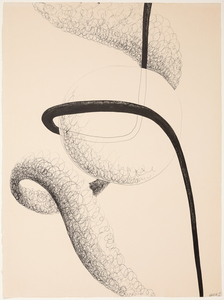
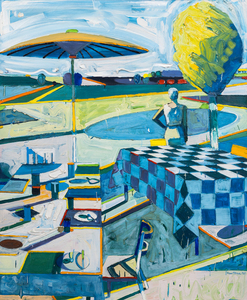
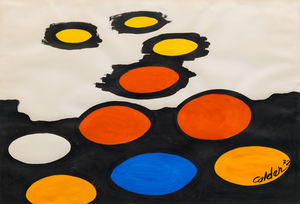
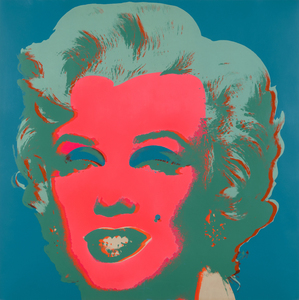
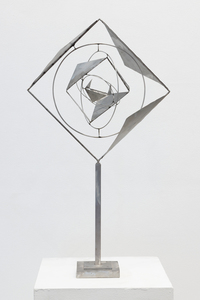
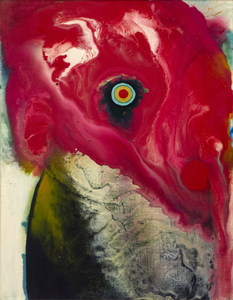
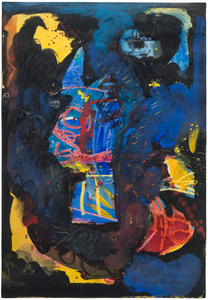
_tn39239.jpg )


